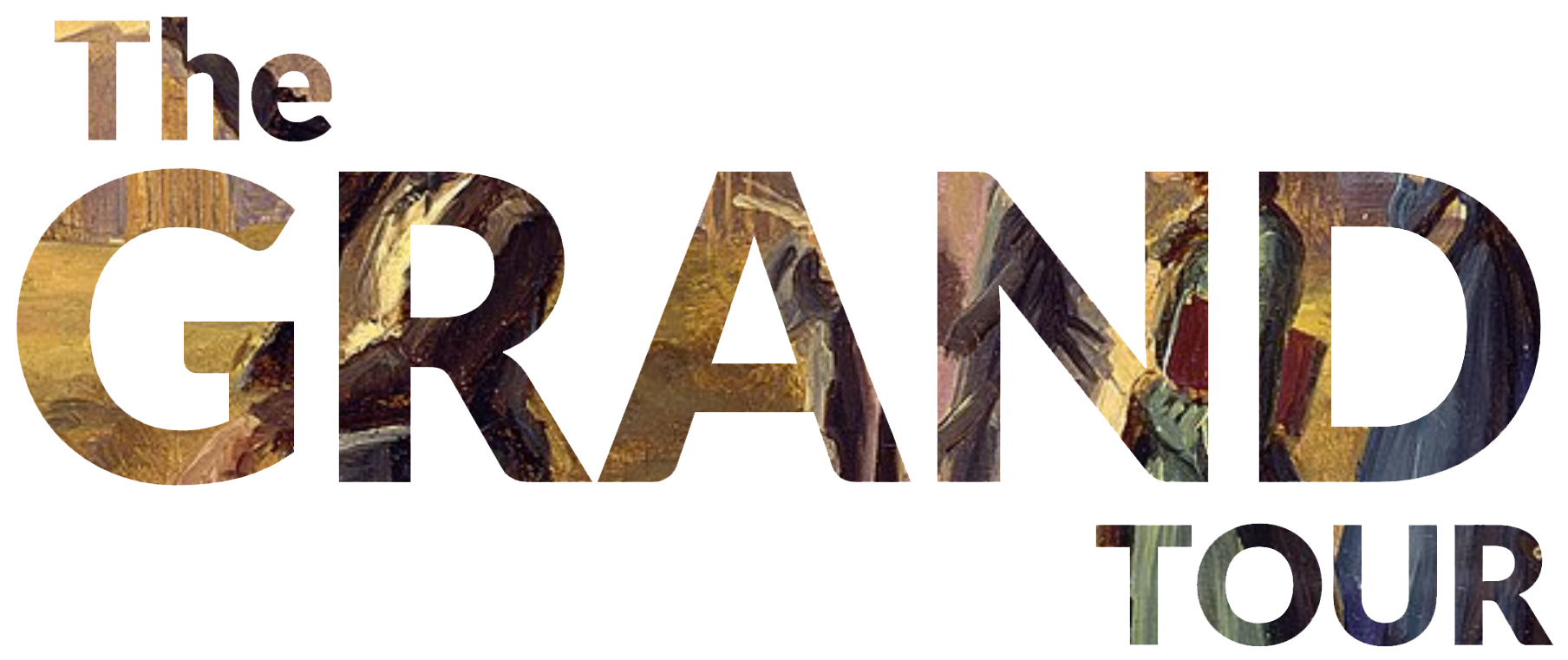Stereographs
In 2015, computer programmers all over the world are working to bring to life realistic 3-dimensional experiences with state-of-the-art technology. That quest began long before our time, however. Stereograph images were the first form of ‘3-D’ and invented at virtually the same time as photography itself, becoming enormously popular in the 1850s.
Although they may look identical to the naked eye, the two images on a stereograph are taken from slightly different positions: spaced roughly the same two inches as the average distance between our eyes. Special cameras were created to take these paired images at just the right distance, and were carried all around the globe.
Viewed through a stereoscope, the images mimic the depth perception of human eyesight, giving the impression of looking into a real world. The process was refined through the years, and many stereograph images are remarkable experiences even today. Viewers in the 1800s, many of whom had never seen a photograph, were every bit as amazed by this astonishing new technology as you might be looking at a new 3-D flat screen.
For almost a century, stereographs provided a major source of entertainment, education, and armchair travel. (In 1860s France, a stereograph series known as Diableries, purporting to depict Hell, terrified thousands!) Public fascination, coupled with efficient manufacturing techniques, made both the images and the viewers affordable for enormous numbers of people, and stereograph collections could be found in schools and homes all across the United States. They were produced by the millions before losing popularity after the First World War, when movies captured the public’s interest.
Libraries and museums around the world have worked to preserve large numbers of stereographs, many containing the only record of vanished worlds. The St. Louis Public Library has a collection of about 3000, and is working now to digitize them to make them available online.
The surprising effect of this seemingly simple method continued to fascinate long after the heyday of stereographs had passed. Many of you toured the world – or watched cartoons! – on the View-Master®, which uses the same trick of perspective. Stereo cameras have continued to be produced through the years, and today, photographers use digital cameras to produce the effect. Early stereographs fascinate many modern photographers, who collect and study them as remarkable works of art and skill.
Valley of the kings' tombs at Thebes, Egypt
1 / 9

Chamber in the Cappiccion Catacombs, Rome, Italy
2 / 9

Jerusalem, The City of the Great King
3 / 9

Birds-eye view of Naples and Vesuvius Italy
4 / 9

In the Wilderness of Lava, Base of Vesuvius, Italy
5 / 9

Picturesque Palenstine
6 / 9

Ice Glaciers, Switzerland
7 / 9

Venice Italy - Campantle, Doge's Palace and Prison
8 / 9

The "Dome of the Rock" where the Temple altar stood, Jerusalem, Palestine
9 / 9

